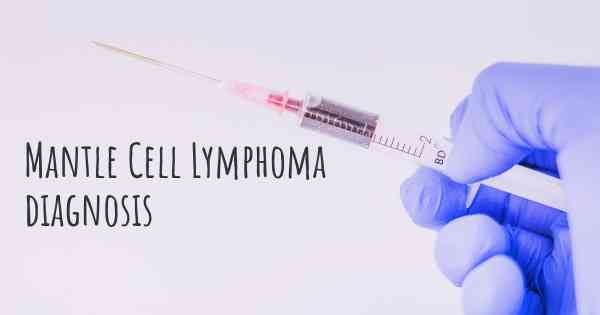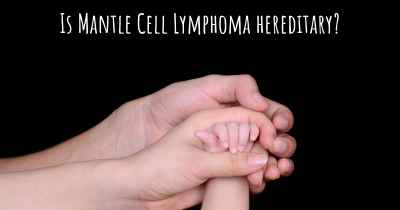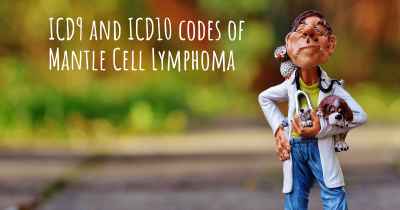How is Mantle Cell Lymphoma diagnosed?
See how Mantle Cell Lymphoma is diagnosed. Which specialists are essential to meet, what tests are needed and other useful information for the diagnosis of Mantle Cell Lymphoma

Mantle cell lymphoma (MCL) is a rare and aggressive type of non-Hodgkin lymphoma that primarily affects the lymph nodes. Diagnosing MCL involves a series of tests and procedures to evaluate the presence of cancer cells and determine the extent of the disease. While no single test can definitively diagnose MCL, a combination of techniques is used to establish an accurate diagnosis.
Physical Examination and Medical History:
The diagnostic process typically begins with a thorough physical examination and a detailed medical history. The doctor will inquire about any symptoms, such as enlarged lymph nodes, fatigue, night sweats, or unexplained weight loss. They will also ask about any previous medical conditions or treatments that may be relevant.
Blood Tests:
Blood tests are commonly performed to assess the overall health of the patient and to detect any abnormalities. These tests may include a complete blood count (CBC), which measures the number of different blood cells, and a blood chemistry panel, which evaluates organ function and electrolyte levels. While these tests cannot confirm MCL, they can provide valuable information about the patient's general health.
Imaging Tests:
Imaging tests are crucial in diagnosing MCL as they help visualize the lymph nodes and other organs to identify any abnormalities. The most commonly used imaging techniques include:
- Computed Tomography (CT) Scan: This test uses X-rays to create detailed cross-sectional images of the body, allowing doctors to examine the size and location of lymph nodes.
- Magnetic Resonance Imaging (MRI): MRI uses powerful magnets and radio waves to generate detailed images of the body. It is particularly useful in assessing the involvement of the central nervous system or bone marrow.
- PET-CT Scan: Positron Emission Tomography (PET) combined with CT scan provides information about both the structure and function of tissues. It helps determine the metabolic activity of cells and can detect cancerous areas.
Lymph Node Biopsy:
A lymph node biopsy is a critical step in diagnosing MCL. It involves the removal of a small sample of tissue from an enlarged lymph node for examination under a microscope. There are different types of biopsies, including:
- Excisional Biopsy: The entire lymph node is surgically removed for analysis.
- Incisional Biopsy: Only a portion of the lymph node is removed for examination.
- Core Needle Biopsy: A needle is used to extract a small sample of tissue from the lymph node.
Flow Cytometry:
Flow cytometry is a laboratory technique that analyzes the characteristics of cells, including their size, shape, and the presence of specific proteins on their surface. It is commonly used to identify and classify different types of lymphoma cells, including MCL.
Genetic Testing:
Genetic testing plays a crucial role in diagnosing MCL. It involves analyzing the genetic material of cancer cells to identify specific genetic mutations or abnormalities. One of the most common genetic abnormalities associated with MCL is the translocation between chromosomes 11 and 14, which leads to the overproduction of a protein called cyclin D1.
Bone Marrow Biopsy:
A bone marrow biopsy may be performed to determine if MCL has spread to the bone marrow. During this procedure, a small sample of bone marrow is extracted from the hipbone or sternum and examined under a microscope.
Once all the necessary tests and procedures are completed, a team of medical professionals, including hematologists, pathologists, and oncologists, will review the results to make an accurate diagnosis of MCL. The diagnosis will consider the presence of cancer cells, the extent of the disease, and the specific genetic characteristics of the cancer cells.








